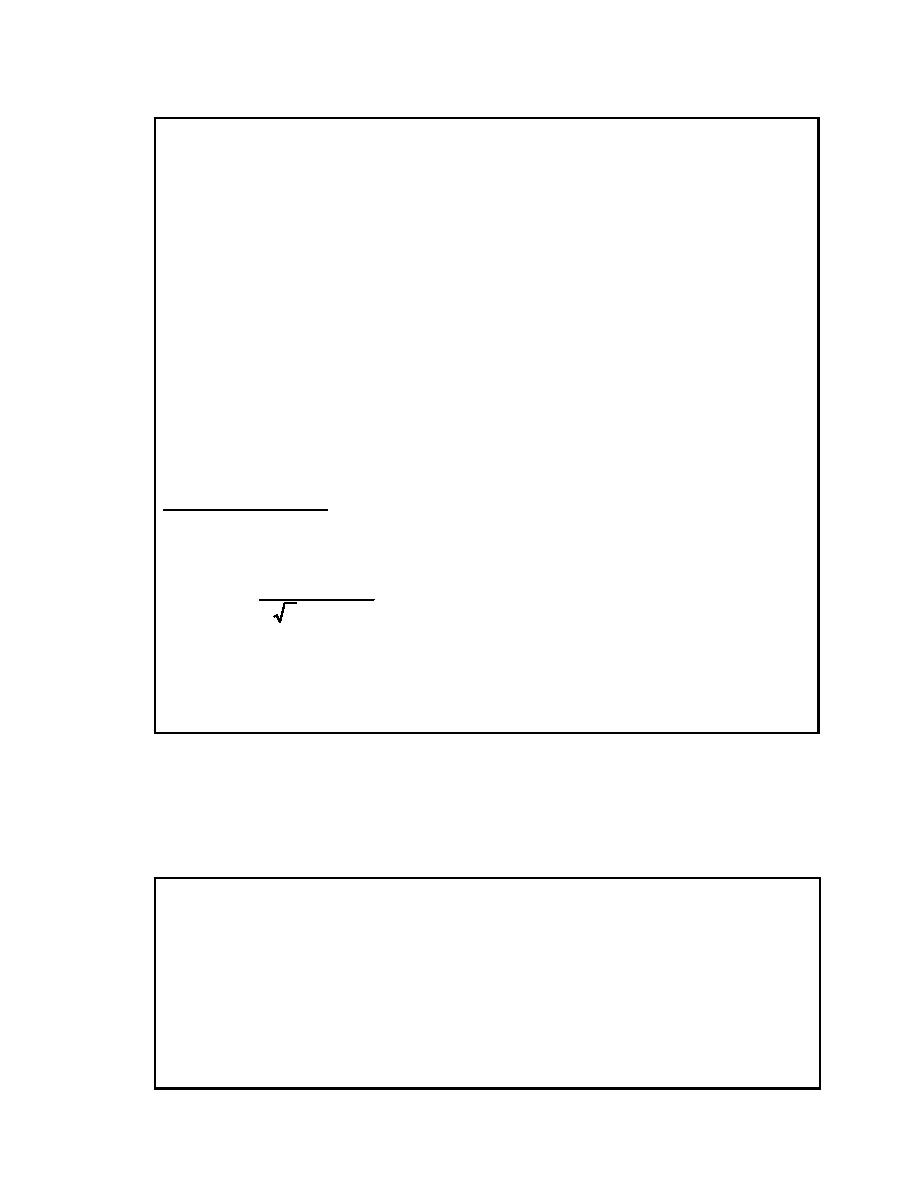
UFC 3 -520-01
June 10, 2002
Referring to NEC Table 310.16 (2002 Edition) , a #12 AWG copper conductor
would be selected for the primary. A #14 AWG copper conductor would not be
selected even though it appears to have adequate current -carrying capacity
because the footnote to NEC Table 310.16 requires that overcurrent protection
be limited to 15 amperes for a #14 AWG conductor.
The NEC has an additional requirement relating to the transformer primary
conductor. NEC Article 2 15.2(A)(1) (2002 Edition) requires that feeder
conductors be sized for the noncontinuous load plus 125 percent of the
continuous load. In this case, the primary conductor would be sized for 125
percent of 18 amperes, or 22.5 amperes. Referring again to NEC Table 310.16,
a #12 AWG copper conductor is still acceptable for use because it has an
ampacity of 25 amperes. Note that the footnote to NEC Table 310.16 requires
that overcurrent protection be limited to 20 amperes for a #12 AWG conductor;
however, this load limit still exceeds the 18 ampere actual load requirement and
is therefore acceptable.
Secondary Ampacity
The required secondary amperage is:
15 kVA 1000
Ip =
= 41.6 amperes
3 208 V
NEC Article 215.2(A)(1) requires that feeders be sized for the noncontinuous
load plus 125 percent of the continuous load. In this case, the secondary
conductor would be sized for 125 p ercent of 41.6 amperes, or 52 amperes.
Referring to NEC Table 310.16, a #6 AWG copper conductor would be selected.
B-6
ENERGY SAVINGS WITH OVERSIZED CONDUCTORS.
B-6.1
Significant energy savings can be realized by installing conductors one size
larger than required by the NEC. The following examples illustrate the evaluation
process as well as the potential savings that can be realized.
EXAMPLE: A three-phase circuit feeds a 125 horsepower (93,250 watts), 460
volt motor, operating at 75 percent load, 76.2 meters (250 feet) from the load
center. Assume that the motor operates only 50 percent of the time (4,380 hours
per year). The motor full load current is 156 amperes and 75 percent of this load
is 117 amperes.
A #3/0 AWG conductor satisfies the e lectrical requirements. As shown below, a
larger #4/0 AWG conductor pays for itself within 5 years. Thereafter, the
installation continues to save energy costs of almost per year compared to
the smaller #3/0 AWG conductor.
B-7


 Previous Page
Previous Page
